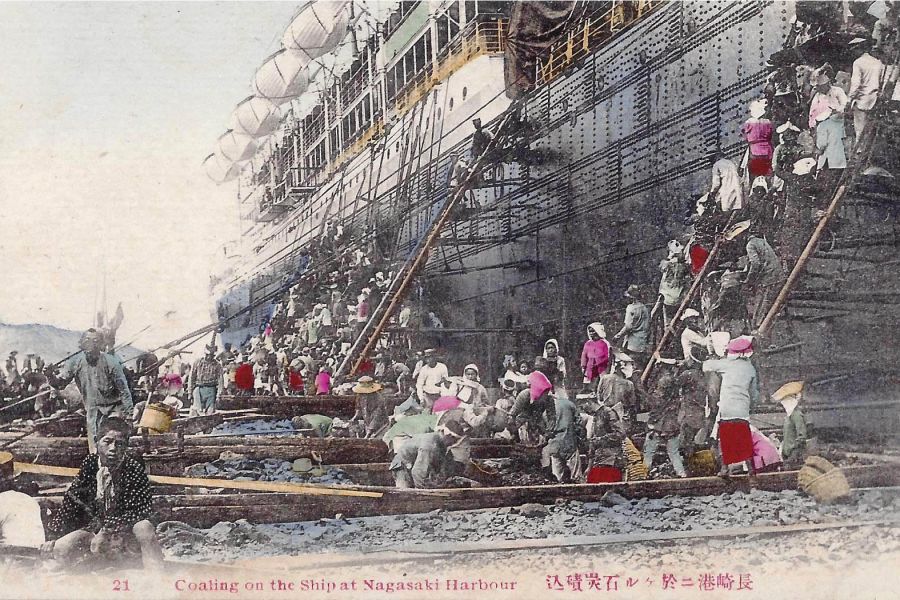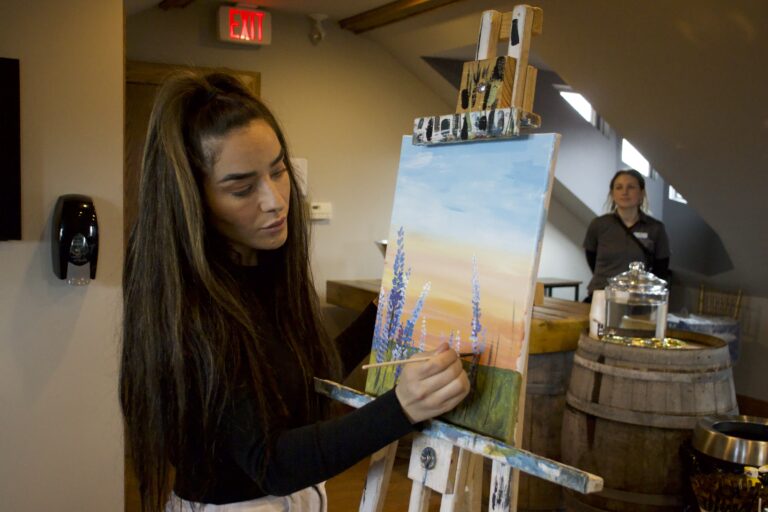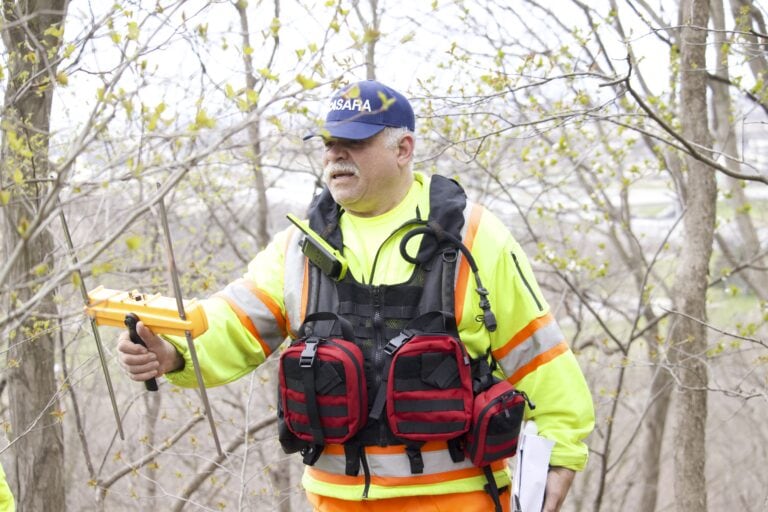John Sayers
Special to The Lake Report
A picture is worth a thousand words, so here are a few pictures from my new book, "Secrets of the Great Ocean Liners," published by the Bodleian Library at Oxford University. We are featuring only a few of the images here because there are more than 200 illustrations in the book!
This bookl is all about letters, brochures, photographs and other ephemera and what they tell us about ocean liners, and particularly life on board, ranging from steerage passengers playing deck games over 100 years ago on the Canadian liner Royal Edward, to the elegance of life on board the Queen Mary in her earliest days, when fashion magazines did pictorial spreads of elegance on board.
One fashion magazine included a series of pictures of "Miriam" and her life on board, including "Miriam’s First Evening" as she gets ready for bed – having met a charming young man while dining with her parents on the first night of a hypothetical voyage.
It’s interesting that when the British newspaper The Telegraph reviewed the book its most prominent image was the scantily-clad Miriam. I guess that is their image of the interests of the average British reader.
Behind the glamour was a lot of hard work and when ships were coal-fired that included replenishing the coal supply on board. A postcard image of that process at Nagasaki makes one weep for the workers clambering up the side of the ship with baskets of coal – if their backs didn’t give out first, the coal dust would eventually get them.
And if you’ve ever had a coal-burning furnace in your home you remember vividly what coal delivery did, depositing a film of coal dust throughout your house despite your best precautions. The same thing happened on board your ship.
In two world wars, ocean liners carried millions of troops to the various fields of battle, crammed like sardines into tight accommodation, such as the one pictured on the massive Leviathan in the First World War.
Ironically, such ships were easily converted to troop accommodation because there were large open spaces that had been used for carrying steerage passengers in quarters only slightly less cramped than what was provided to the soldiers.
All this has the added benefit of letters and postcard messages which have been built up in my collection over 50-plus years. And there’s a lot of secrets in that information about traditions, risks, disasters, romances and all the other aspects that make ocean liners such an exciting topic.
Living here in Niagara-on-the-Lake it is a pleasure to be able to share some treasured highlights of my collection with book readers around the world.










